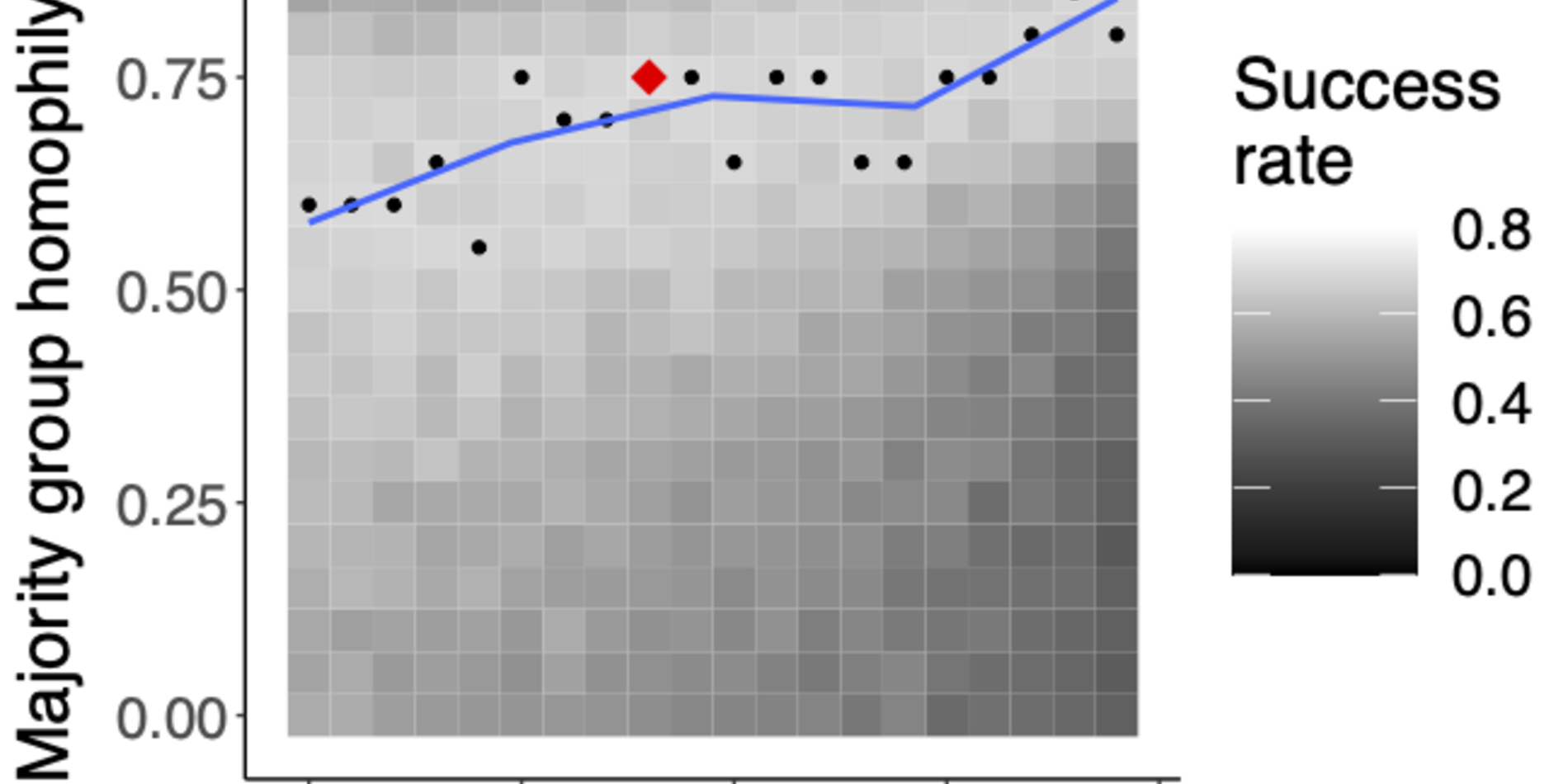Adaptation Galore
We've made tremendous progress with our special issue of The American Journal of Human Biology dedicated to anthropology and climate-change adaptation.
Anne Pisor and I have four papers together. First, is our introduction to the special issue, in which we discuss some general issues relating to anthropology and adaptation. We also introduce the other papers in the issue. Next, we use data from Anne's fieldwork in Bolivia to test a series of hypotheses about the function of long-distance social relationships. These relationships are actually quite costly to maintain, which suggests that there is likely to be a benefit that flows from them. We ask whether people who have experienced more climate-related shocks in their lifetime are more likely to maintain costly long-distance relationships. Operationalizing these measures a couple different ways, we find no convincing evidence for the general hypothesis. However, it is clear that having long-distance ties opens up access to resources otherwise not available to people. These results set up another paper that we have in the works that refines the predictions and expands the tests.
In a paper that we co-author with Elspeth Ready, we lay out a pretty wide-ranging vision for how perspectives on adaptation from evolutionary anthropology can help our thinking about climate-change adaptation. A lesson from evolutionary biology is that adaptation is driven by diversity. This suggests that successful adaptation is likely to happen when bottom-up sources of innovation are nurtured. Furthermore, there are very clear elements of social structure that permit innovations to be transmitted effectively. Once again, this is a story of diversity. We suggest that people living in subsistence populations are likely to be sources of innovations providing adaptation and note that these groups' potential for innovation should be protected from the hegemonic forces of more dominant cultures.
Finally, most of the participants in our AAPA symposium contributed to a "toolkit paper." We focused on how evolutionary and biological anthropologists (EBAs) can reach broader audiences (preprint here). We argue that in order to reach broader audiences have a greater impact in applied realms, EBAs need to do five things: (1) continue to play to our strength in longitudinal, place-based research (rather than trying adjust our work to suit what we perceive as needs, (2) collaborate more broadly, (3) engage in greater public communication of science (e.g., publishing trade books, working with science journalists, giving public lectures), (4) align our work with open-science practices to the extent possible, given the ethical issues surrounding much anthropological data and (5) improve our science by increasing the diversity of our field and research teams through intentional action, outreach, training, and mentorship.
Hopefully, the whole issue will be published as issue 3 later this spring. For now, most of the papers are already available in Early View.
- Pisor, A.C., and J.H. Jones. 2020. Human adaptation to climate change: An introduction to the special issue. American Journal of Human Biology. e23530. (doi:10.1002/ajhb.23530)
- Jones, J.H., E. Ready, and A.C. Pisor. 2020. Want climate-change adaptation? Evolutionary theory can help. American Journal of Human Biology. e23539. (doi:10.1002/ajhb.23539)
- Pisor, A.C., and J.H. Jones. 2020. Do people manage climate risk through long-distance relationships? American Journal of Human Biology. e23525. (doi:10.1002/ajhb.23525)

